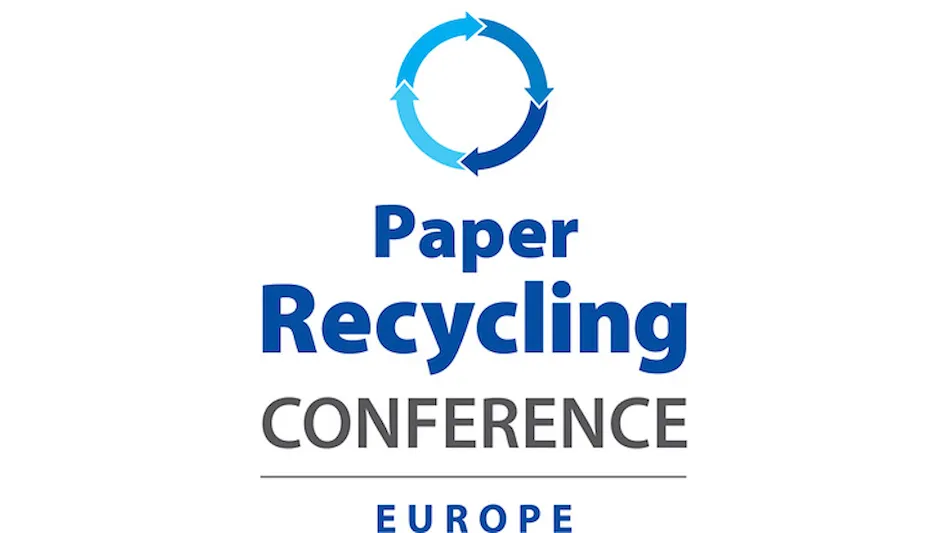
Containerboard mills around the world are driving steady and growing demand for old corrugated containers (OCC), according to two economists who spoke at the 2015 Paper Recycling Conference Europe . The conference took place in late October in Madrid.
China’s tonnage of imported recovered fiber may have peaked (at least temporarily) in 2011 and 2012, but the nation’s paper and board makers are still bringing in considerable amounts of scrap paper.
Presenter Riku Kallio of Finland-based Pöyry Consulting told conference delegates that when 2015 numbers are gathered Chinese imports of recovered paper are likely to increase compared to 2014’s volume.
Pöyry Consulting forecasts show that both China and India are likely to improve domestic recovered paper collection figures in the years ahead. “We are expecting that both countries will rely more heavily on domestic OCC [by percentage], but that doesn’t mean that [net] imports will decline,” said Kallio, “because the overall demand for recovered paper will increase more rapidly still.”
Pöyry’ s forecast calls for China’s demand for imported OCC to increase by 8 percent by 2020 compared with the 2014 level, while India’s demand will increase by 22 percent from its smaller base.
The two countries have very different containerboard sectors, added Kallio, noting that China’s paper machines tend to be four times larger than those in India and that the overall packaging and board sector has “put a lot of capital into the industry—it has modern assets.”
One of the advantages of China’s modern mills and paper machines, he noted, was an ability to pulp and screen lower quality grades of recovered fiber, allowing mill buyers to purchase more opportunistically from suppliers around the world.
Recyclers in North America and Europe will not have to turn to China to sell much of their OCC, as the grade will also be in high demand from mills on those two continents.
According to Kallio, containerboard producers in Europe already make 80 percent of their product with recovered paper. In stark contrast to that, paper manufacturers in America sometimes use as little as 30 percent scrap paper as feedstock as an annual average, but that number can rise when recovered fiber prices are affordable.
“Demand [for OCC] in the U.S. market will slowly start increasing,” predicted Kallio. “The U.S. has been able to export [since it only needs recovered fiber for 30 percent of its furnish], but that is something that is changing already.”
The health of paper and board packaging globally permitted economist Per-Ove Nordström of the Stockholm office of McKinsey & Co. to declare, “On the positive note, after all, this is a growing industry. You as a group [paper recyclers] are part of the solution, and the outlook for you—if you are sellers—is that it looks very good.”
The 2015 Paper Recycling Conference Europe was 28-29 Oct. at the Eurostars Madrid Tower Hotel in Madrid.